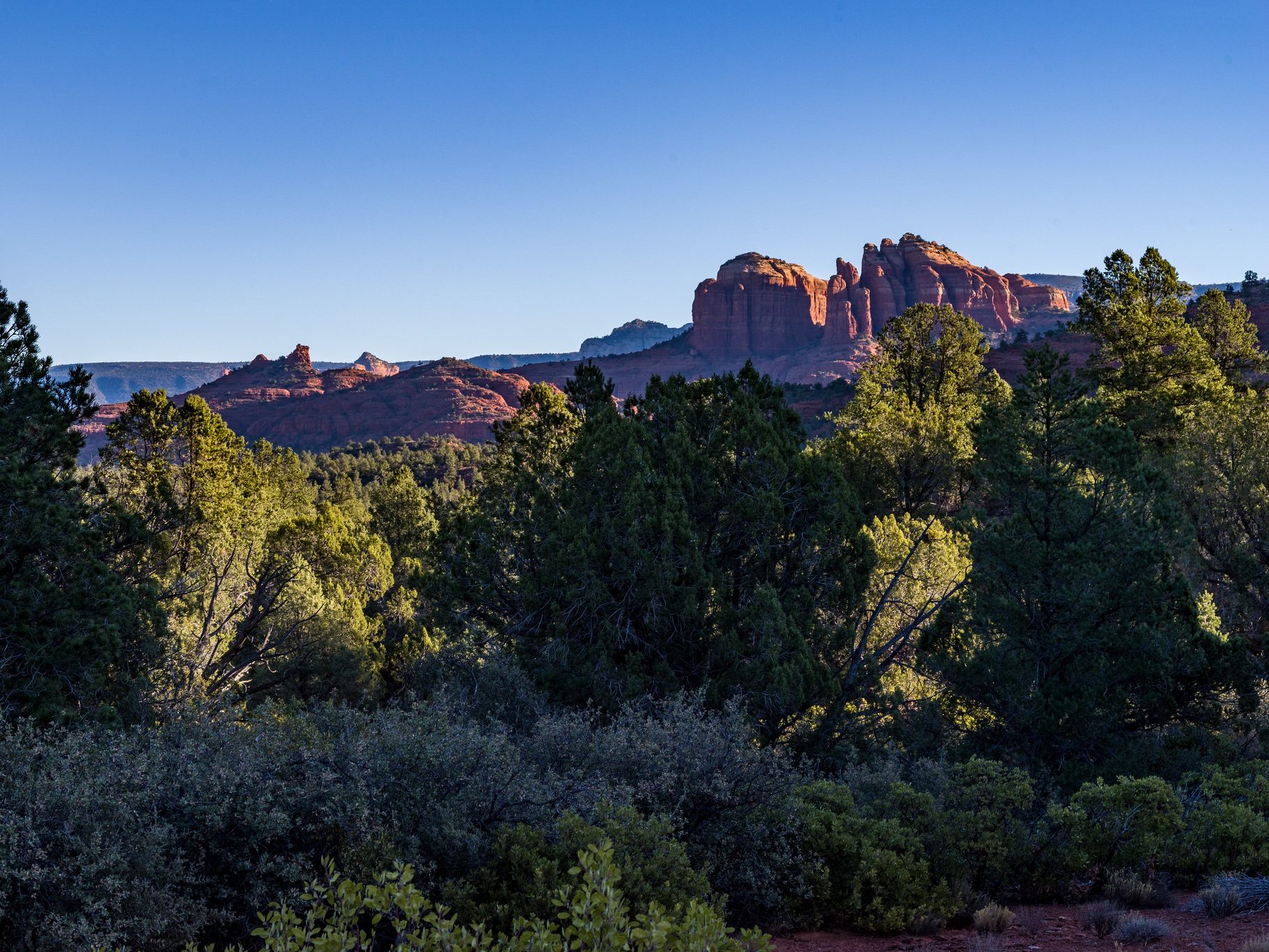-
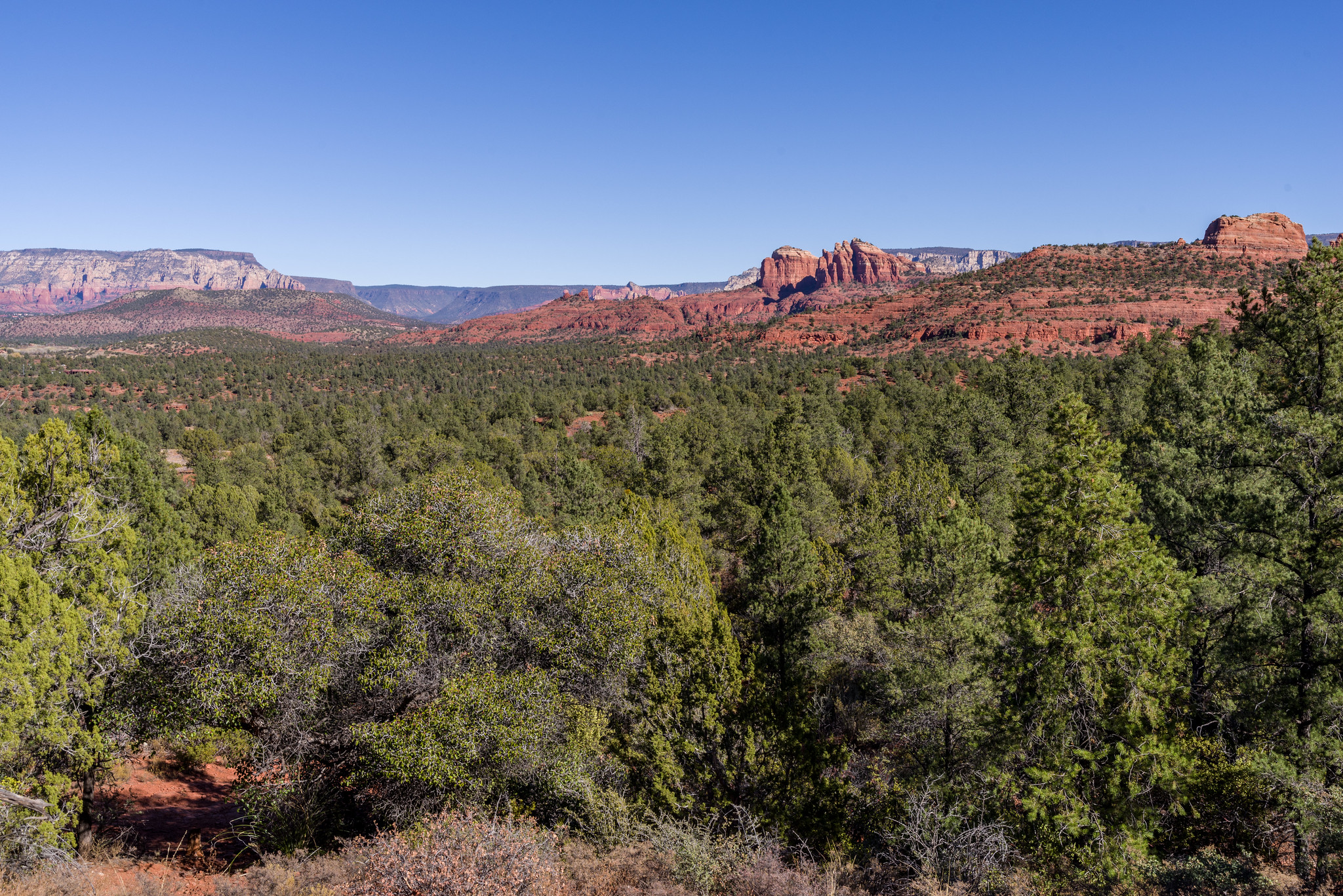
·
Intermountain Insights: Climate Resilience in Persistent Pinyon-Juniper Woodlands
Pinyon-juniper woodlands are ubiquitous across the Intermountain West and important to many–from Tribal Nations and recreationists to pinyon jays and mule deer. However, concern has arisen among researchers and managers about their vulnerability to a warming and drying climate. Managers have indicated that they often lack the information needed to guide climate-smart management in woodland…
-
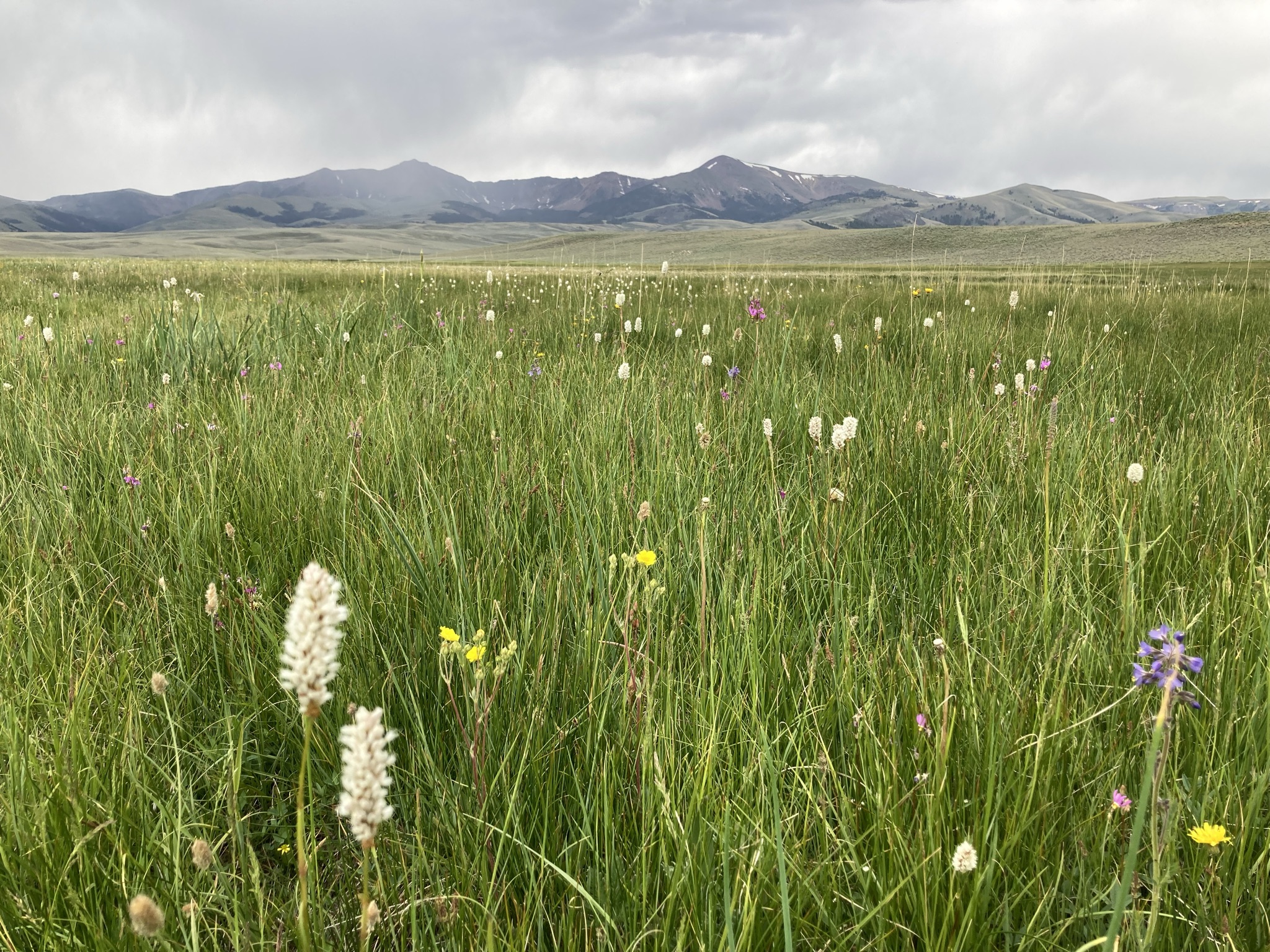
·
Wetland Evaluation Tool
ABOUT THE WETLAND EVALUATION TOOL (WET) To understand how wetland drying is affecting the Intermountain West, IWJV researchers are using satellite imagery to monitor the timing and duration of seasonal flooding on both natural and agricultural wetland habitats (the latter being primarily flood-irrigated hay or grain fields flooded postharvest) from the mid-1980’s to the present-day.…
-
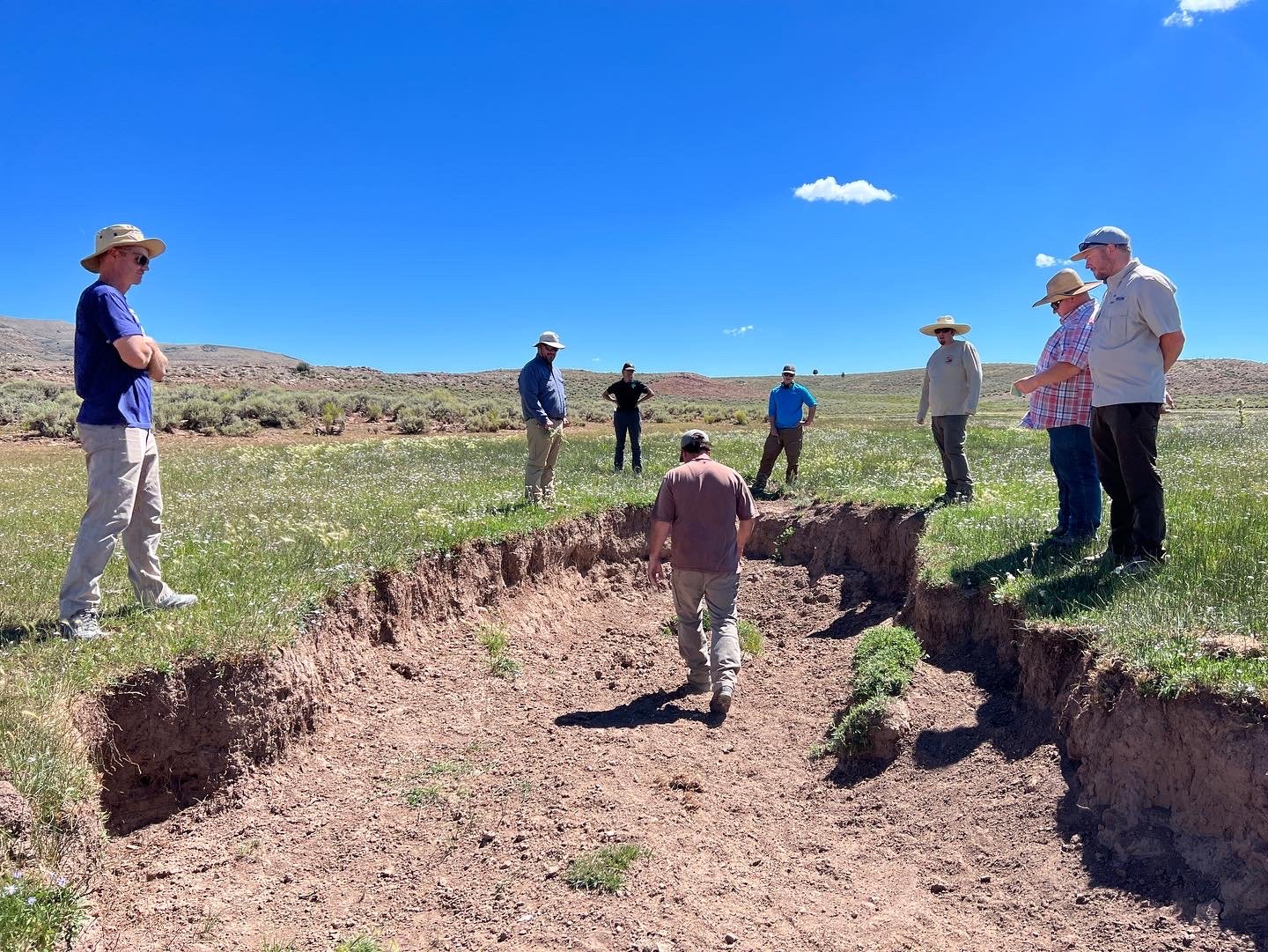
·
Utah Low-Tech Wet Meadow Restoration: Virtual Workshop
Thank you for attending this virtual workshop! If you missed this live event, please see all of the recorded modules below. Wet or mesic meadows are rare but disproportionately important ecosystems in Utah. Gully erosion and channel incision are widespread problems reducing natural resiliency and water storage capacity, which is impacting wildlife and working lands.…
-
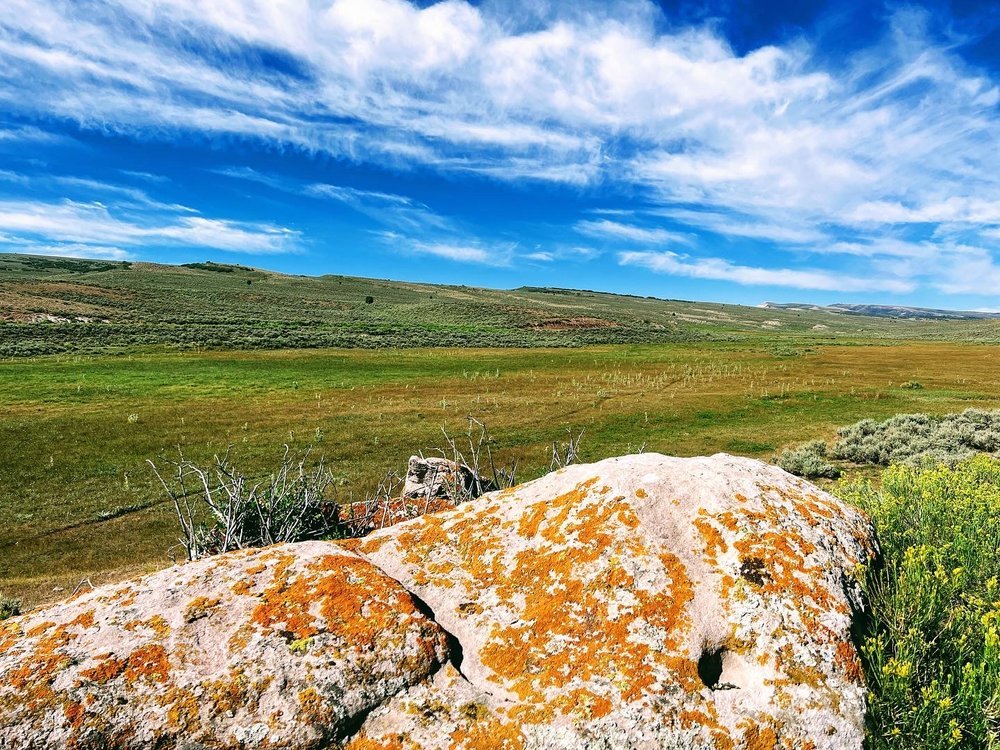
·
Utah Low-Tech Restoration Resources
Webinar Powerpoint & Presentation Material Zeedyk Planning and Technique Resources Mapping Tools Example Environmental Assessments (EAs) People and Places Videos
-
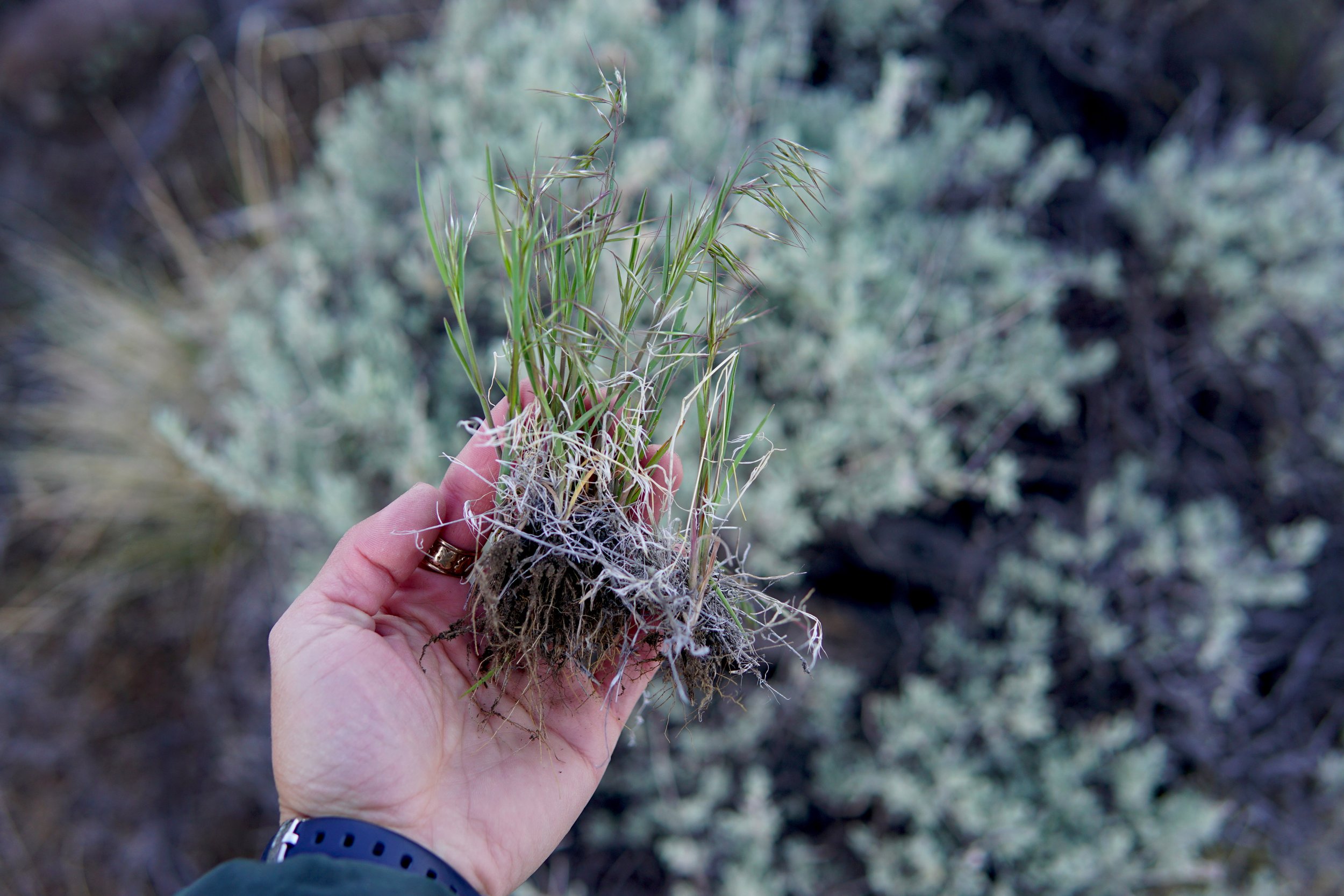
·
New Study: Vegetation Trends Across BLM Allotments Over 30 Years
Keeping a close eye on plant life across millions of acres of public lands allotments is an overwhelming challenge in and of itself. The challenge is amplified by drought, aridification, and increasing environmental as well as social challenges. Yet, new research provides land managers insight into just how they can get a handle on how…
-
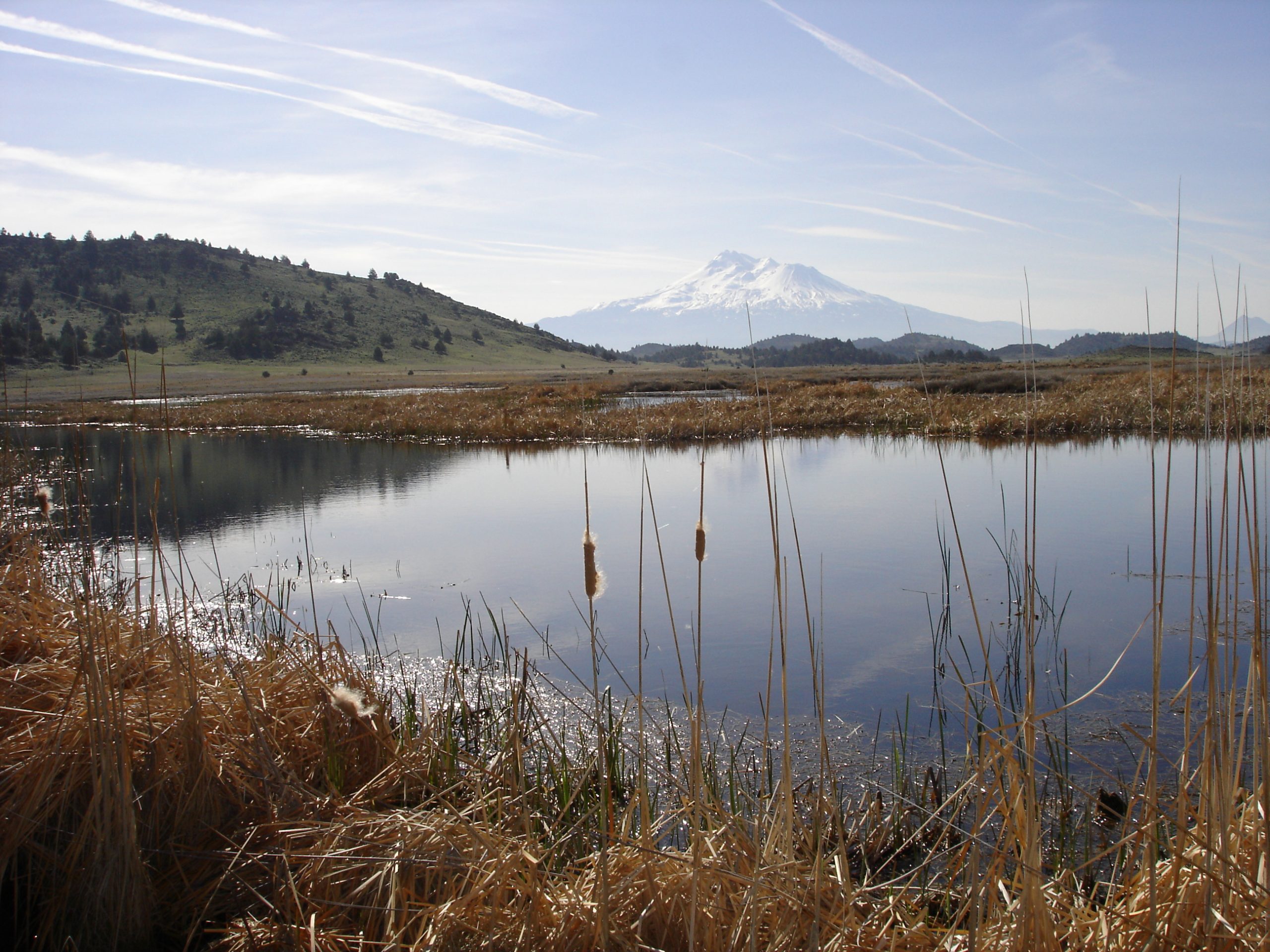
·
Intermountain Insights: Wetland Loss in the Pacific Flyway
A study from the Intermountain West Joint Venture and partners, Functional wetland loss drives emerging risks to waterbird migration networks, identified trends of severe wetland drying in the Southern Oregon Northeastern California (SONEC) region and California’s Central Valley, two of the most significant sites for migratory waterbirds in the Pacific Flyway. The good news? Managers can…
-
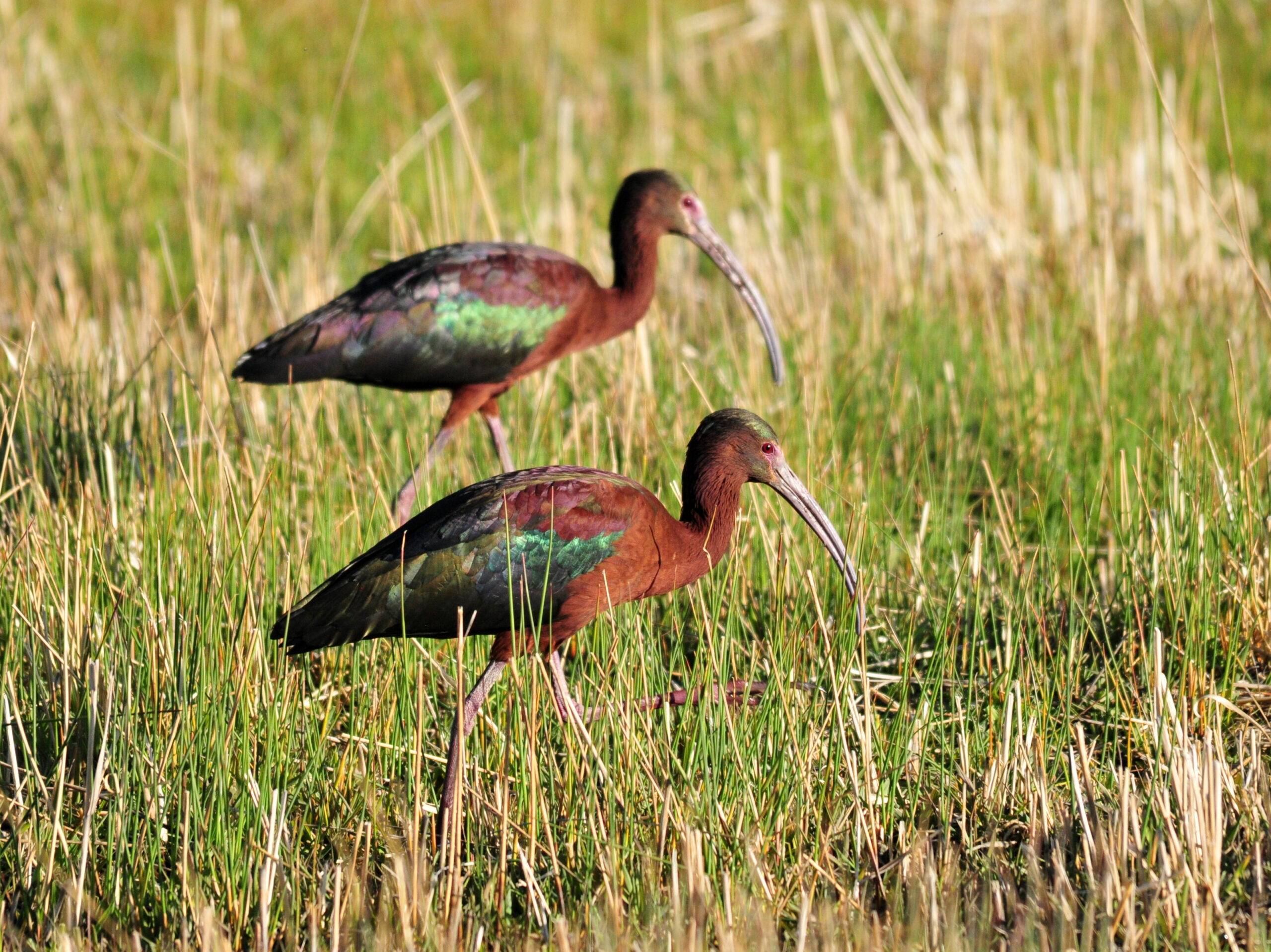
·
Intermountain Insights: White-Faced Ibis and Water in the West
This Intermountain Insights takes a look at a fascinating study on white-faced ibis and its implications for the conservation of wetlands in the Intermountain West. Researchers from the University of Montana and the Intermountain West Joint Venture conducted the first-ever long-term monitoring of white-faced ibis breeding habitat. Using satellite imagery, they estimated seasonal flooding across…
